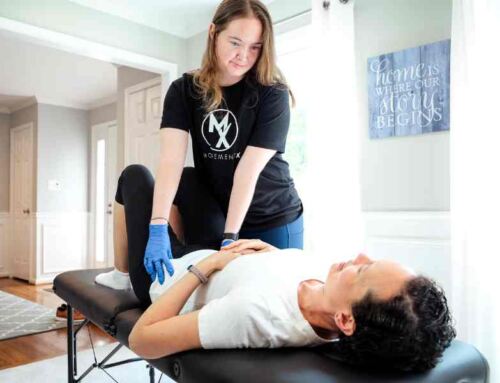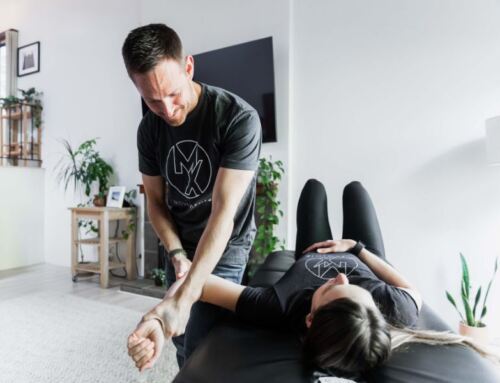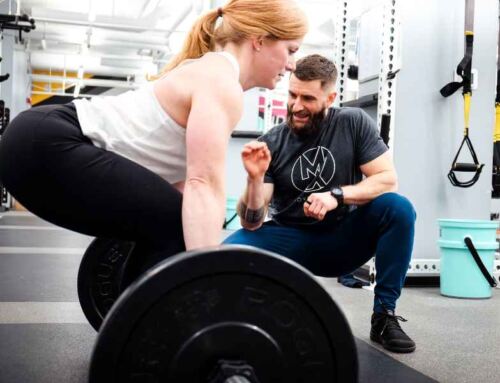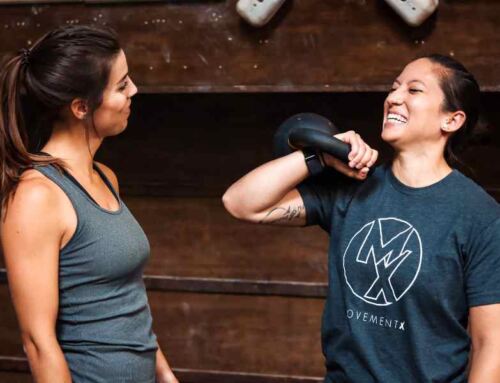Investing in Lifelong Fitness: How Physical Activity Shapes Your Future Health
There’s a lot of buzz out there on investing. We hear stories in the news about the stock market: Where we should put our money, saving for retirement, it’s a never ending list. But what about our physical health? What should we be investing there?
Every day, week, month we are seeking to set ourselves up for the future. Stability in all facets of our lives. The issue is, as a physical therapist, I often see people forgo their physical health for other areas.
Life is busy, no doubt about that. But physical activity has to become a non-negotiable on the weekly checklist. Let’s break down the why and how.
Invest Early and Often
You’ve heard it said “The best time to invest was yesterday, the second-best time is now.”
The same applies to our health. We are going to focus on physical activity for the sake of this article, but you could also use a similar rationale with nutrition, sleep, and mental health.
Aging is a process that occurs to all of us. No way to stop that train, however, can we optimize the process?
I believe so.
I see and treat people of all ages and backgrounds. I’ve seen people in their 30s, 40s, and 50s who live sedentary lifestyles, and I’ve worked with 80 year olds who still run marathons.
There are certainly things with our health we can’t control, but there is also is a lot we can.
We start building habits when we’re young, but we are never too old to begin. Our bodies are highly adaptable and have the capacity to respond to the stressors we apply to them.
Before we dive in, let’s define our target for physical activity levels. The American College of Sports Medicine (ACSM) recommends that:
- All healthy adults aged 18–65 years should participate in moderate intensity aerobic physical activity for a minimum of 30 minutes on five days per week, or vigorous intensity aerobic activity for a minimum of 20 minutes on three days per week (1).
- Every adult should perform activities that maintain or increase muscular strength and endurance for a minimum of two days per week (1).
This could be going for a walk or bike ride a couple times a week, and going to the gym to lift weights twice a week. Yep. It really can be that simple.
But, you might be saying:
- I don’t know what to do at the gym
- I have “bad knees”
- I don’t have time
- My (insert medical practitioner) told be to never squat or deadlift
- I’m allergic to exercise (kidding but you get the point)
There are barriers, I understand that, but they can and need to be overcome.
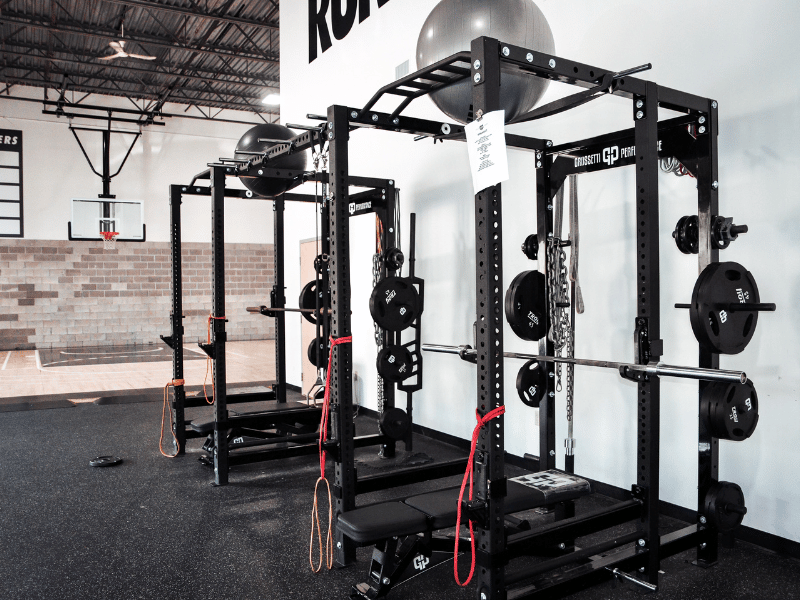
A Story About John
Here’s a story about a fictional person named John. John will serve as a culmination of people who have fallen into the boat of putting off physical activity.
John worked hard his whole life. He worked multiple jobs at times. He raised 3 wonderful kids and has a loving wife. He climbed his career ladder and eventually saved enough for retirement, bought a nice beach house, and was ready to kick back.
There was a problem though: He had bad back pain that he neglected for years, he stopped exercising in his 30s, and he has multiple comorbidities (hypertension and diabetes).
He wants to travel, play with his grandkids, and hit the golf course a few times a week, but he finds that he gets winded just doing his daily tasks.
Now, I know this paints a bleak picture, but we sometimes have to explore these tougher scenes because this is many people’s reality, but it doesn’t have to be this way.
This is not to blame or shame anyone.
There are a lot of barriers to exercise that make things quite difficult at times.
But what could have John done differently? Where did he fall off the exercise wagon?
Exercising in Your 20s and 30s
Yep that’s right. Our 20s-30s. The time many people are starting their career, maybe settling down, starting families, or traveling and exploring the world.
What a time.
John found that this time was riddled with sleepless nights, kids crying, work stress, you name it.
He also had lots of great life experiences, backyard BBQs, playing catch with the kids, and heading to sporting events. But all these things do take time.
John went from hitting the gym often to rarely. He felt like he couldn’t work out. He felt guilty if he did, but John didn’t know that his exercising has a positive influence on his children’s physical activity levels. In fact:
“When both parents were active, the children were 6x times as likely to be active as children of two inactive parents (2).”
Obviously, not everyone has children and this should not be the sole motivating factor.
You could also replace the kids scenario with any number of other priorities and responsibilities that seem endless in this time.
Exercise can be a healthy stress outlet for the busy times in life. In fact exercising just once a week can reduce perceived levels of psychological stress (3).
Here’s the key: We will all have crazy weeks with little to no physical activity. Don’t let things snowball. 1 week off of the gym can easily turn to 1 month, 6 months, a year. Something is better than nothing at all. Low energy days will come, it’s okay to keep things simple and quick on these days. If training gets stale, try working with a coach or personal trainer.
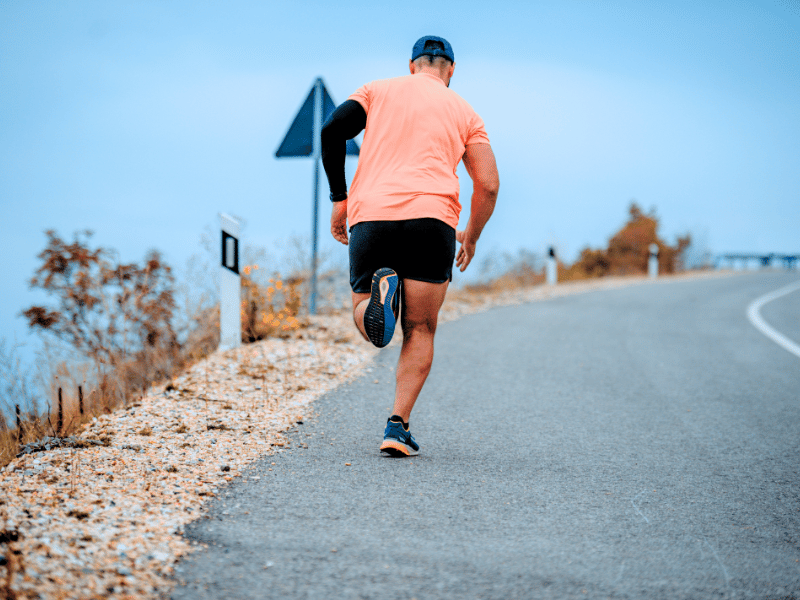
Exercising in Your 40s and 50s
For many reasons, this is the time I see many patients transitioning from the gym.
Many folks are still active, but it looks different. When they may have been “pumping iron” in their 20s, now they are going for long walks, hikes, and cycling.
This is all great stuff but remember: “Every adult should perform activities that maintain or increase muscular strength and endurance for a minimum of two days per week” (1).
Alright but why? What’s so special about weight training? A lot! Here’s the short list:
- Improved metabolism by way of RMR (4)
- Reduced body fat (4)
- Improved physical function (4)
- Improvements in insulin resistance/ Resisting type II diabetes (4)
- Improved cardiovascular health: Improved resting blood pressure, Improved blood lipid profiles, improved vascular condition (4)
- Improved bone mineral density (4)
- Enhanced mental health: reduced depression rates in elderly (4)
- Reversal in mitochondrial deterioration (4)
- Possible reduced risk of cancer-specific mortality (4)
Yes, it’s that important. In fact:
- Muscle loss is the greatest contributor to the age-related decline in resting metabolic rate (4) (Resting metabolic rate is a measurement of the number of calories that your body burns at rest.)
- Muscle loss increases to 5% to 10% each decade after age 50 (4) This goes back to early and often! The more lean muscle we build early, the less of an issue we face here. We can also help mitigate muscle loss by continuing to train (5).
- Studies have demonstrated that relatively brief sessions can increase muscle mass in adults of all ages through the 10th decade of life (4) It’s never too late!
Exercising in Your 60s, 70s, 80s, and Beyond
Back to our friend John. Now even though things are physically tough for him, it does not need to stay that way.
He went to a PT who helped improve his back pain. He even started a strength training program and is going on walks with his wife.
He’s down 15 lbs, his blood glucose is improving, and his energy is improving.
John wishes he hadn’t waited so long to get things going, but he is sure glad he started.
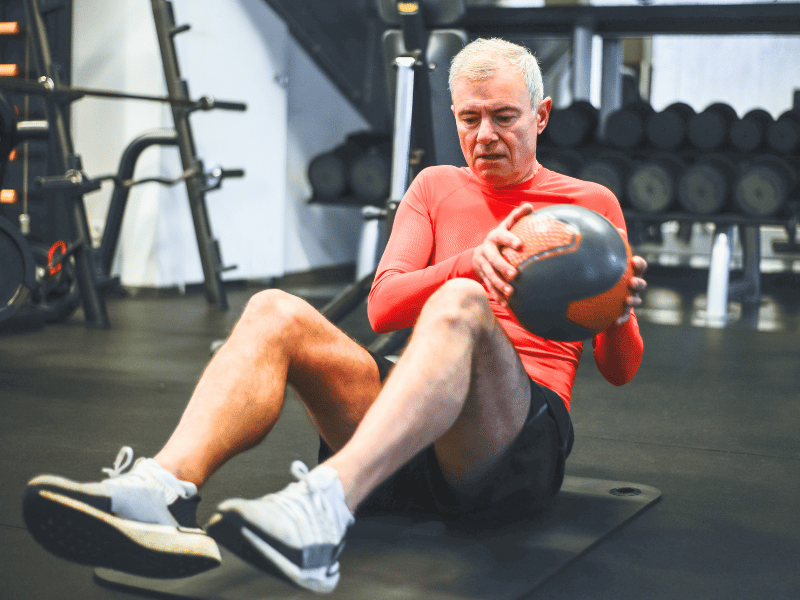
Conclusion
Taking time to exercise is for more than just you, it can have a positive effect on those around you. It’s easier to begin building physical activity habits at a younger age, but you can always reap benefits no matter what decade of life.
And remember, be patient with yourself. Building healthy physical activity habits takes time and there will be times when you are exercising less and times you exercising more. That’s okay.
Don’t let barriers stop you from starting an exercise program, seek out help from a highly trained physical therapist to help you overcome any physical alignments keeping you from the gym, walking, running, or just getting moving!
References
- https://www.acsm.org/education-resources/trending-topics-resources/physical-activity-guidelines
- Moore LL, Lombardi DA, White MJ, Campbell JL, Oliveria SA, Ellison RC. Influence of parents’ physical activity levels on activity levels of young children. J Pediatr. 1991 Feb;118(2):215-9. doi: 10.1016/s0022-3476(05)80485-8. PMID: 1993947.
- Yoon ES, So WY, Jang S. Association between Perceived Psychological Stress and Exercise Behaviors: A Cross-Sectional Study Using the Survey of National Physical Fitness. Life (Basel). 2023 Oct 14;13(10):2059. doi: 10.3390/life13102059. PMID: 37895440; PMCID: PMC10608688.
- Westcott, Wayne L. PhD Resistance Training is Medicine, Current Sports Medicine Reports: July/August 2012 – Volume 11 – Issue 4 – p 209-216 doi: 10.1249/JSR.0b013e31825dabb8
- Cannataro R, Cione E, Bonilla DA, Cerullo G, Angelini F, D’Antona G. Strength training in elderly: An useful tool against sarcopenia. Front Sports Act Living. 2022 Jul 18;4:950949. doi: 10.3389/fspor.2022.950949. PMID: 35924210; PMCID: PMC9339797.
About the Author
Dr. Patrick Dumais is a physical therapist in Pittsburgh, PA. Over his career, he has helped many athletes return to their sports, hobbies, and everyday life stronger, happier, and healthier. With a focus on ACL rehab and a background in basketball, Patrick Dumais is your ideal partner in overcoming injury and getting back to what you love.



